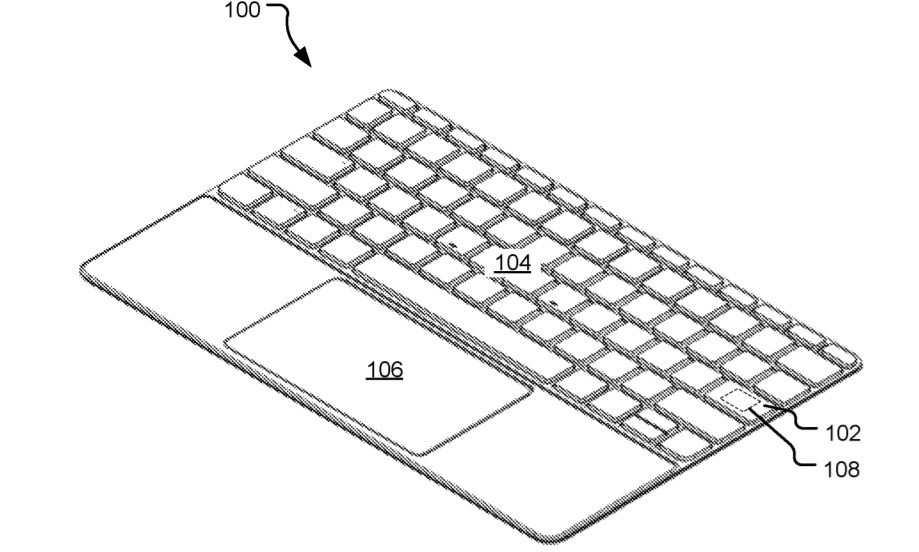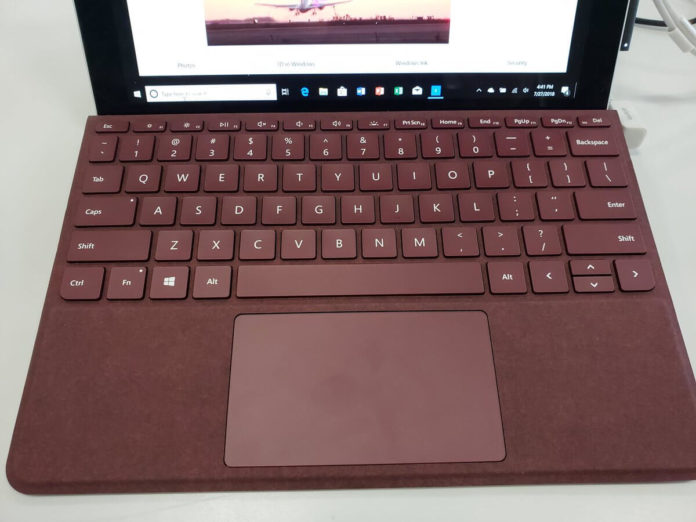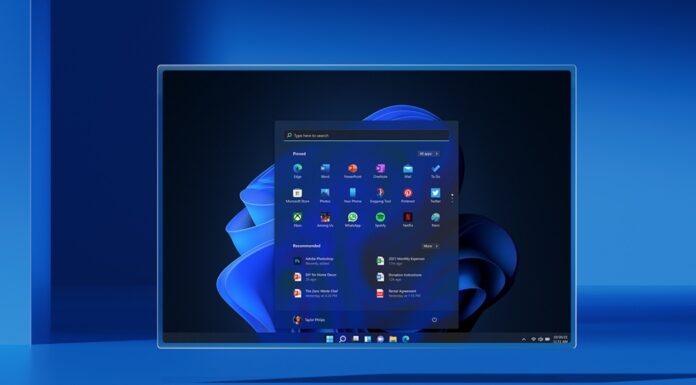Microsoft has yet another patent which details improvements for the company’s Surface lineup. According to the patent application, the software giant might be planning to make the next Surface keyboard more stable by improving the typing experience and reducing the thickness at the same time.
First spotted by us, the patent titled ‘PUSH BUTTON WITH HAPTIC FEEDBACK’ was filed by Redmond-based Microsoft in July 2017 and it was published by USPTO on January 17, 2019.
The patent in question describes techniques for keyboard buttons that offers a desirable feel and performance while maintaining the minimal thickness. By the looks of things, the technology could be implemented in both a standalone computer keyboard and laptop’s keyboard.

In the background section of the patent application, Microsoft writes that traditional mechanical key design includes rubber dome switches, but such keyboards often feature key travel which fails to maintain the minimal thickness of the keyboard. It seems Microsoft also intends to further reduce the thickness of their Surface devices or the keyboard through the use of these methods.
Microsoft has explained the patented method below:
“Mechanical key design for keyboards often includes rubber or metal dome switches along with scissor mechanisms that offer a desirable feel and overall performance or achieve the key travel necessary to meet shrinking overall keyboard thickness specifications, but not both. Haptic feedback devices offer a user sensory feedback signifying a selection has been made without any physical travel of a keypad, but also may not offer the user a desirable feel and overall performance. The following describes in detail keys or push buttons that offer the user a desirable feel and performance, while meeting shrinking overall keyboard thickness specifications,” the company explained.
“Implementations described and claimed herein provide a push button comprising a spring element with a user-perceptible physical travel upon depression of the push button, and a haptic element that simulates additional travel of the push button upon depression of the push button,” the summary section further details the method.
It’s worth noting that patent applications don’t necessarily translate into tangible products, but there’s always a chance that Microsoft might consider these concepts while developing the next keyboard design.


























